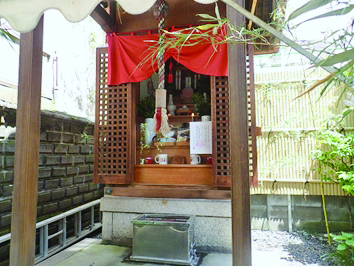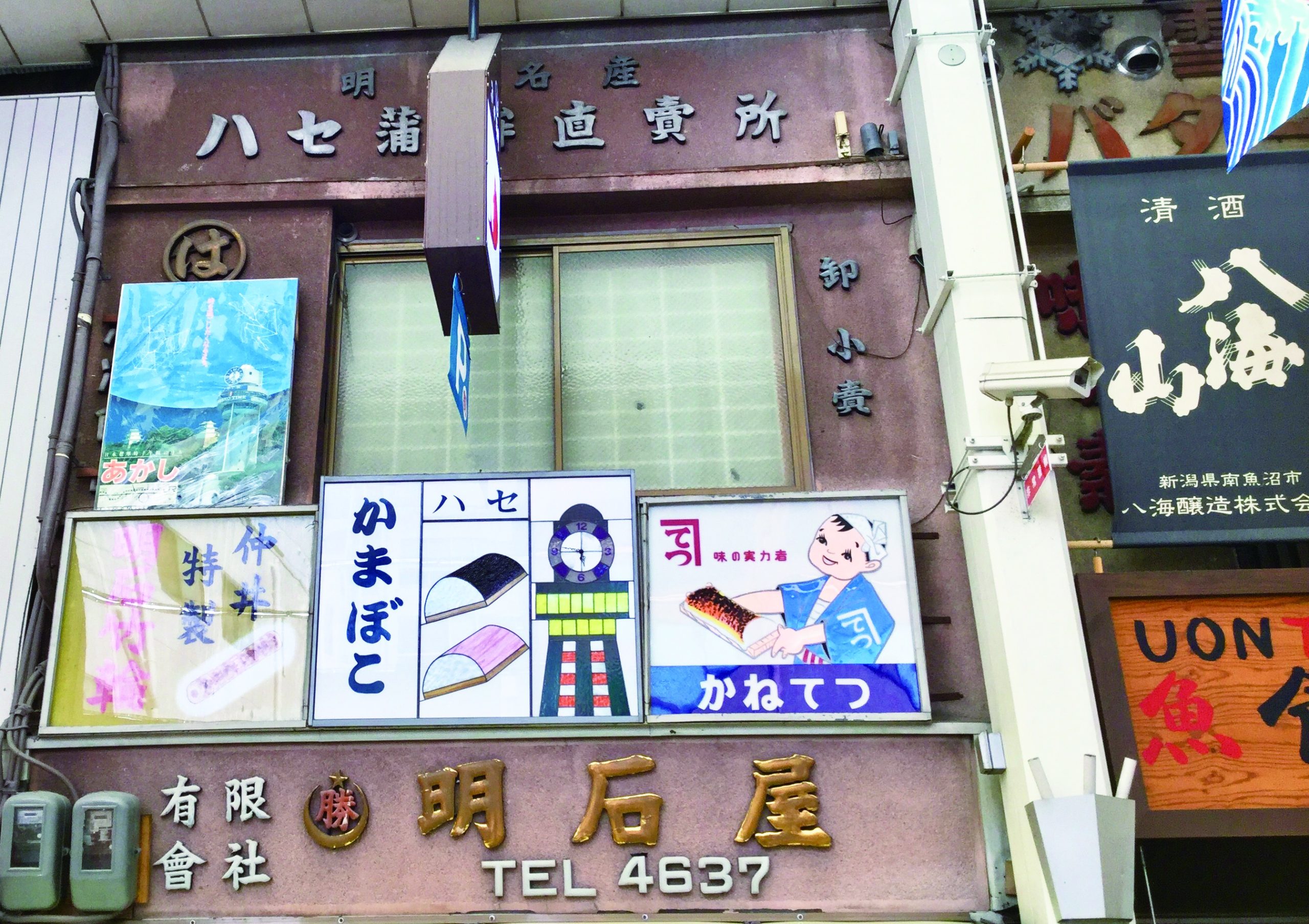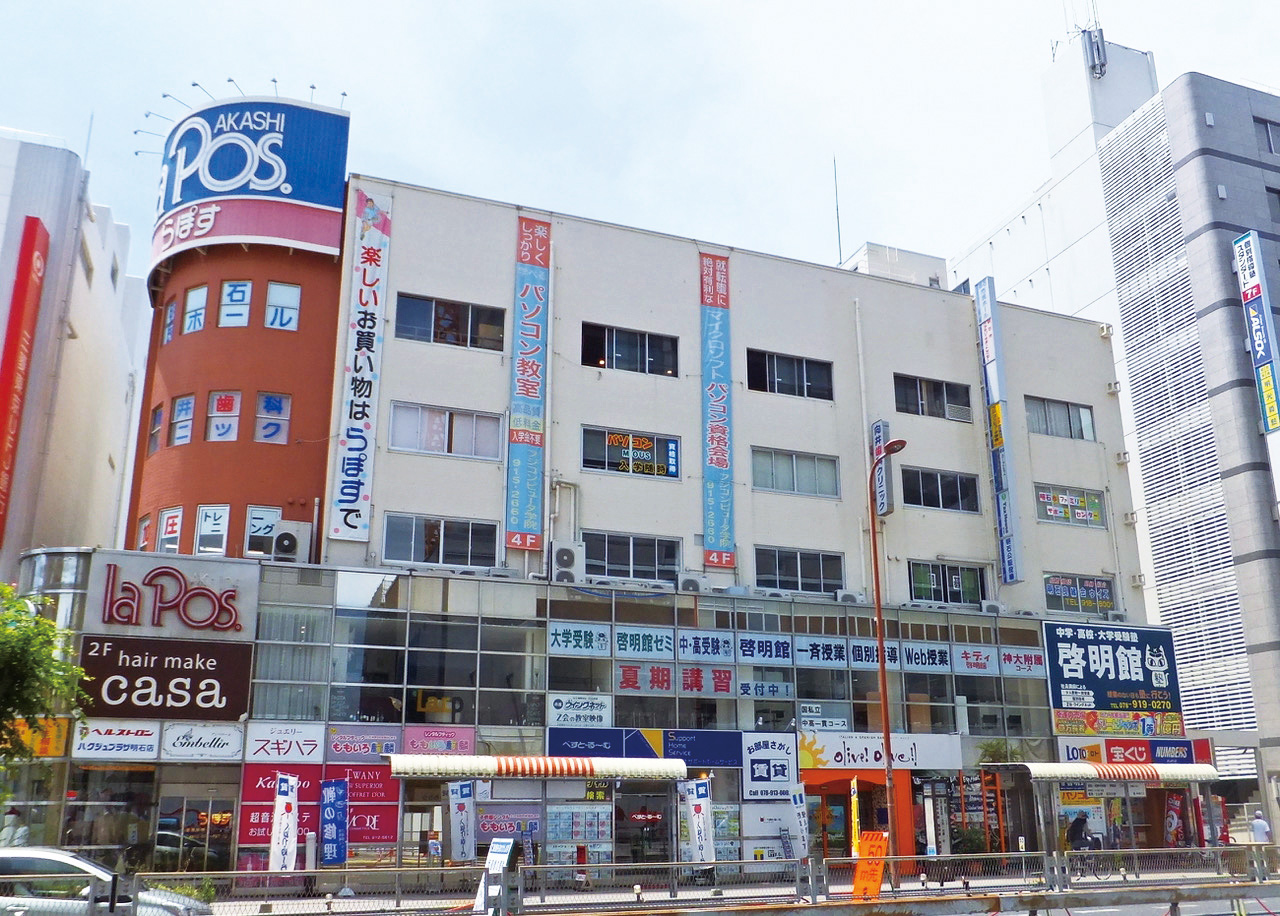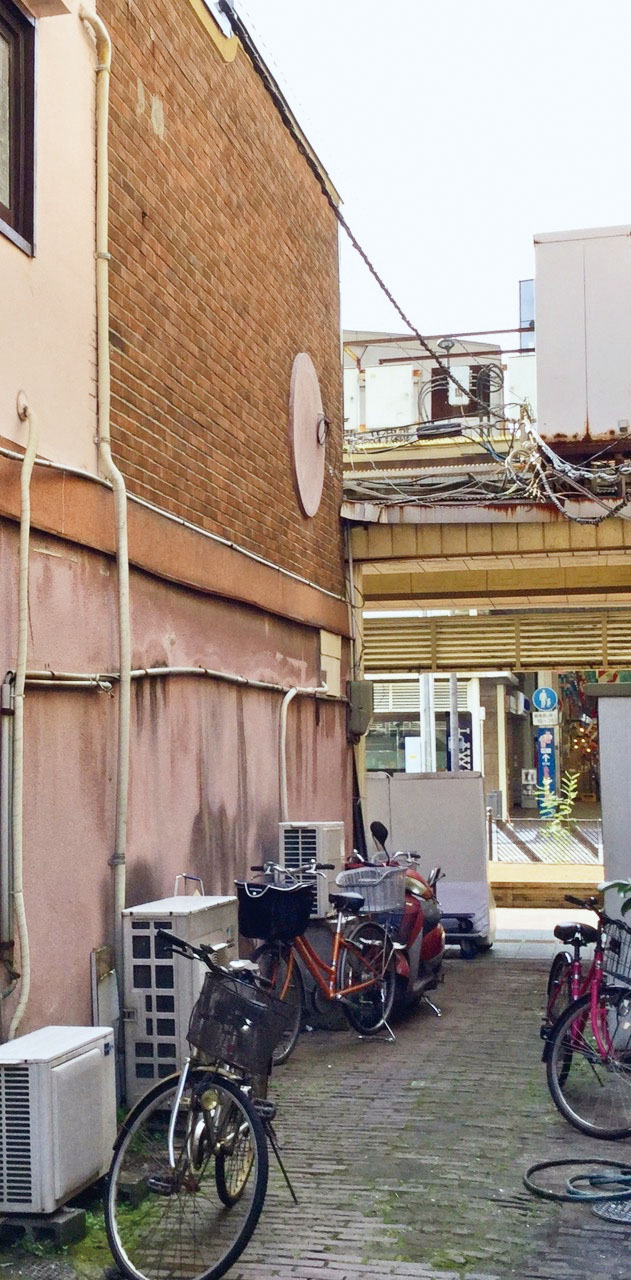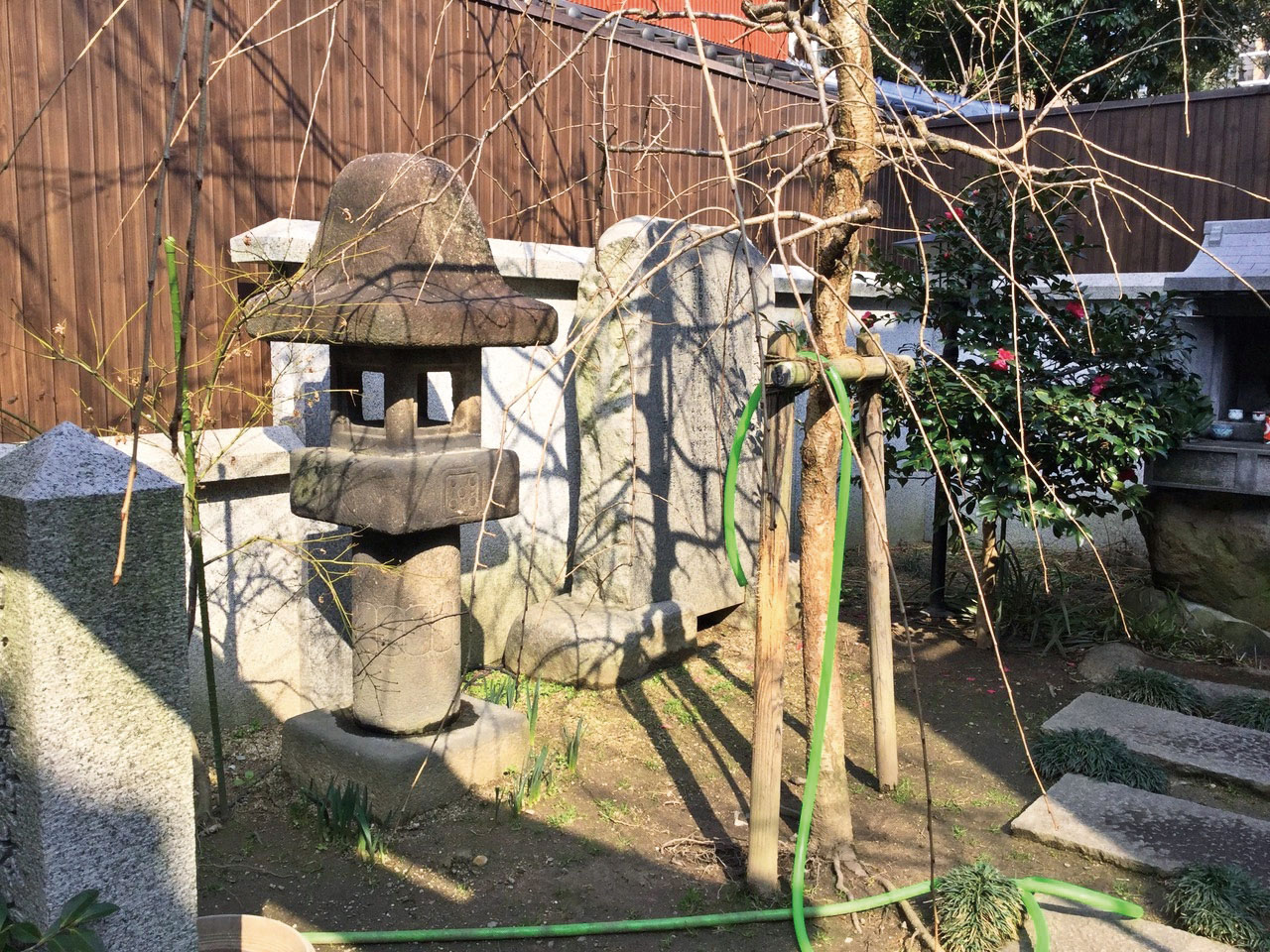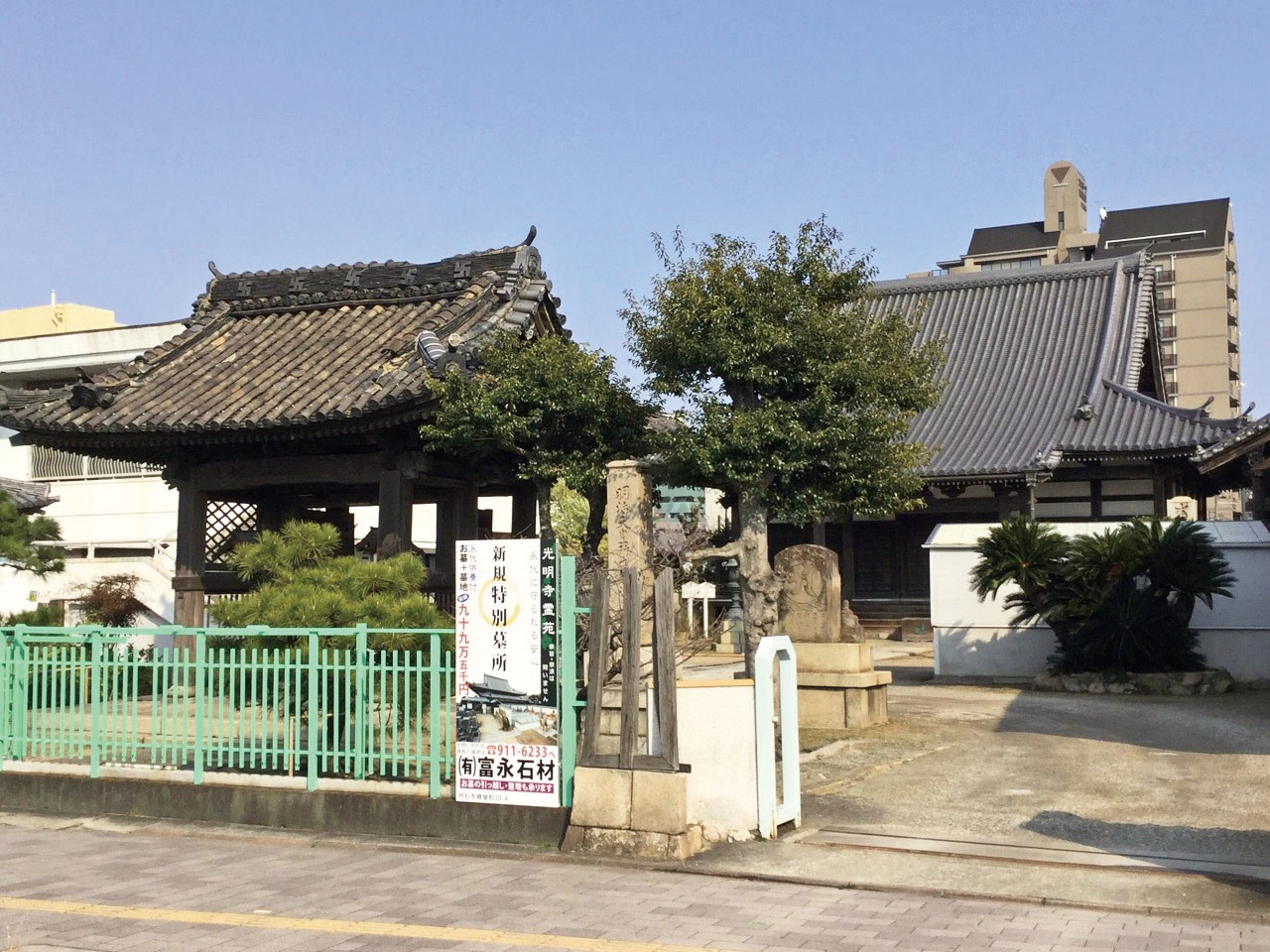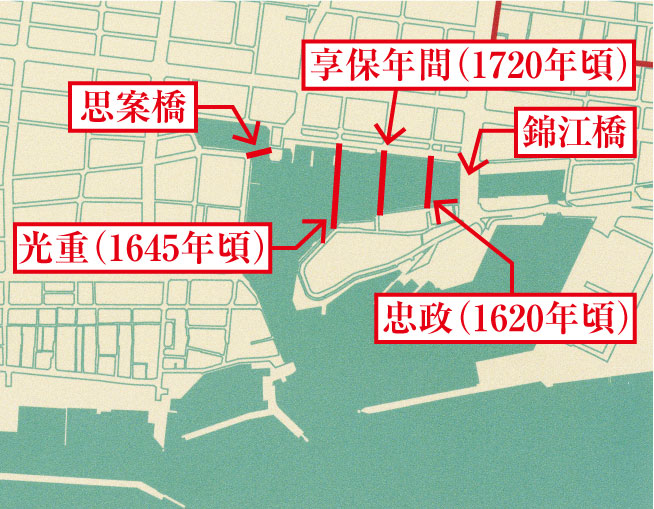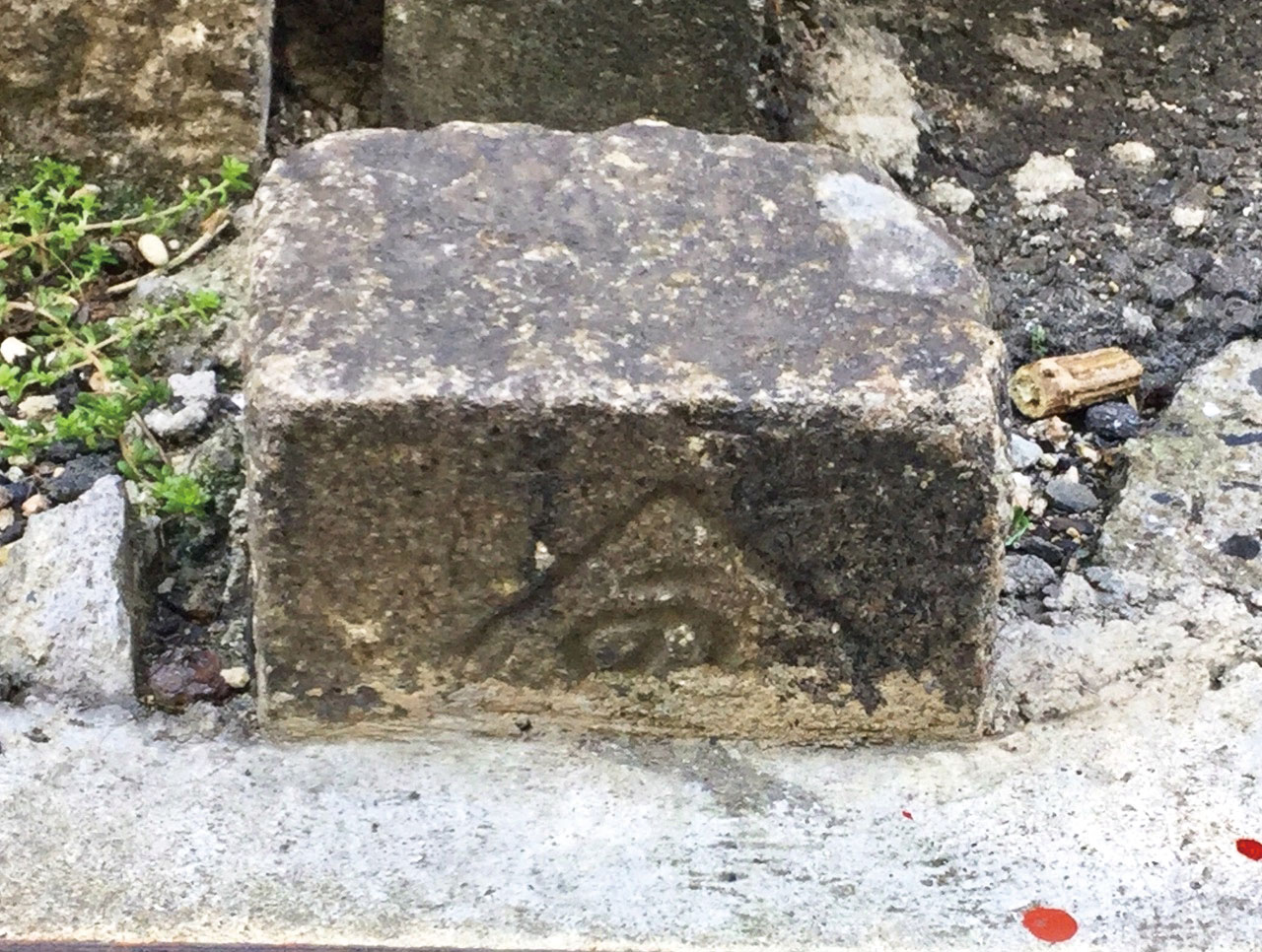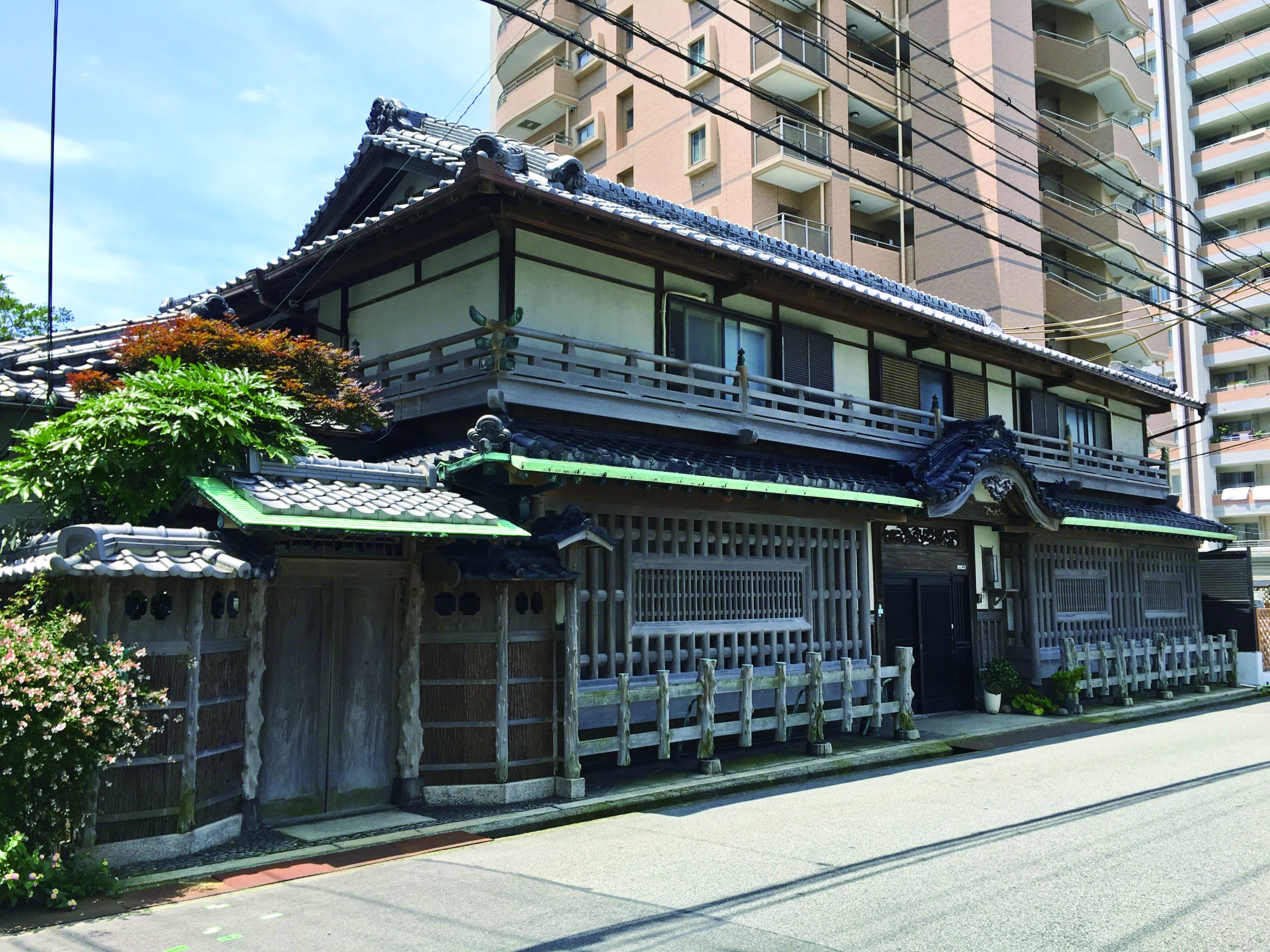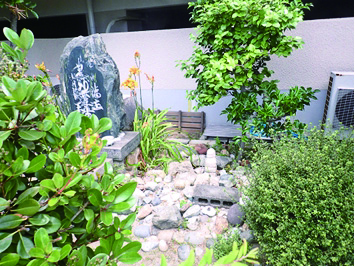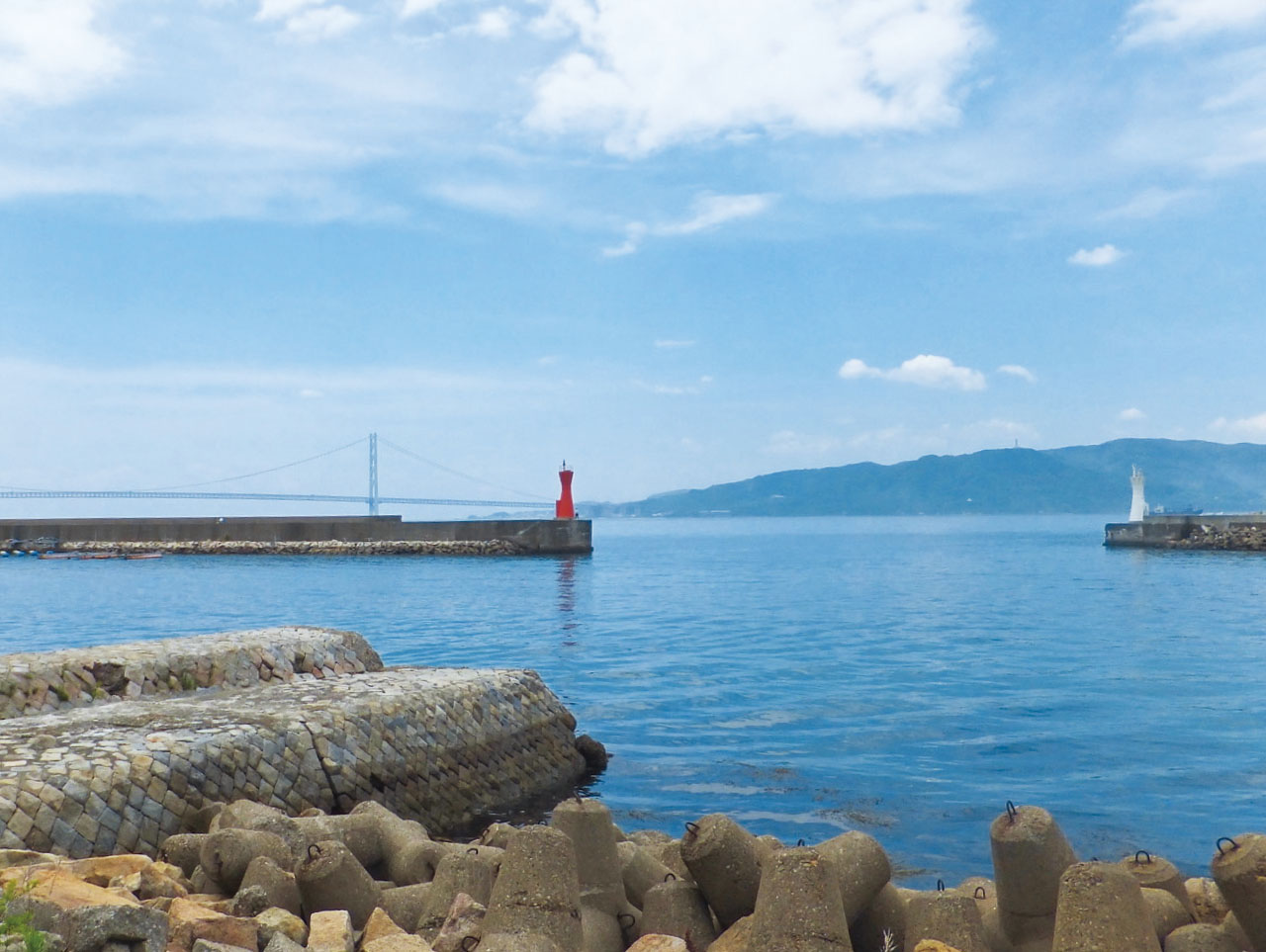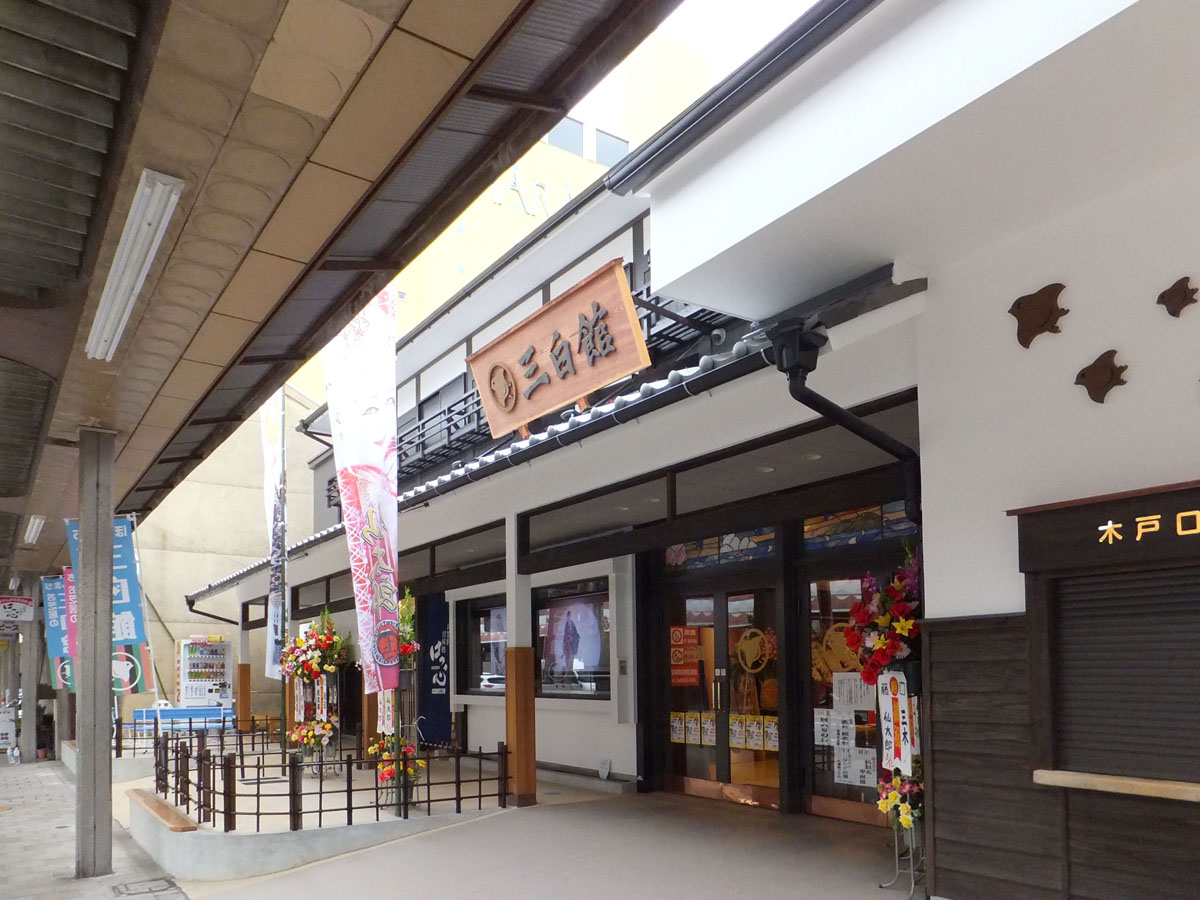
castle town
37.The reborn theater
There was a theater named Mihaku-tei which adjoined northward this building in the Meiji period. It was destroyed on case during World War Ⅱ a fire broke out because of the air raid. The theater rebuilt in 1947 was remodeled the movie theater afterward, and rebuilt as the popular drama theater named the Hommachi Mihakukan in December 2015.
